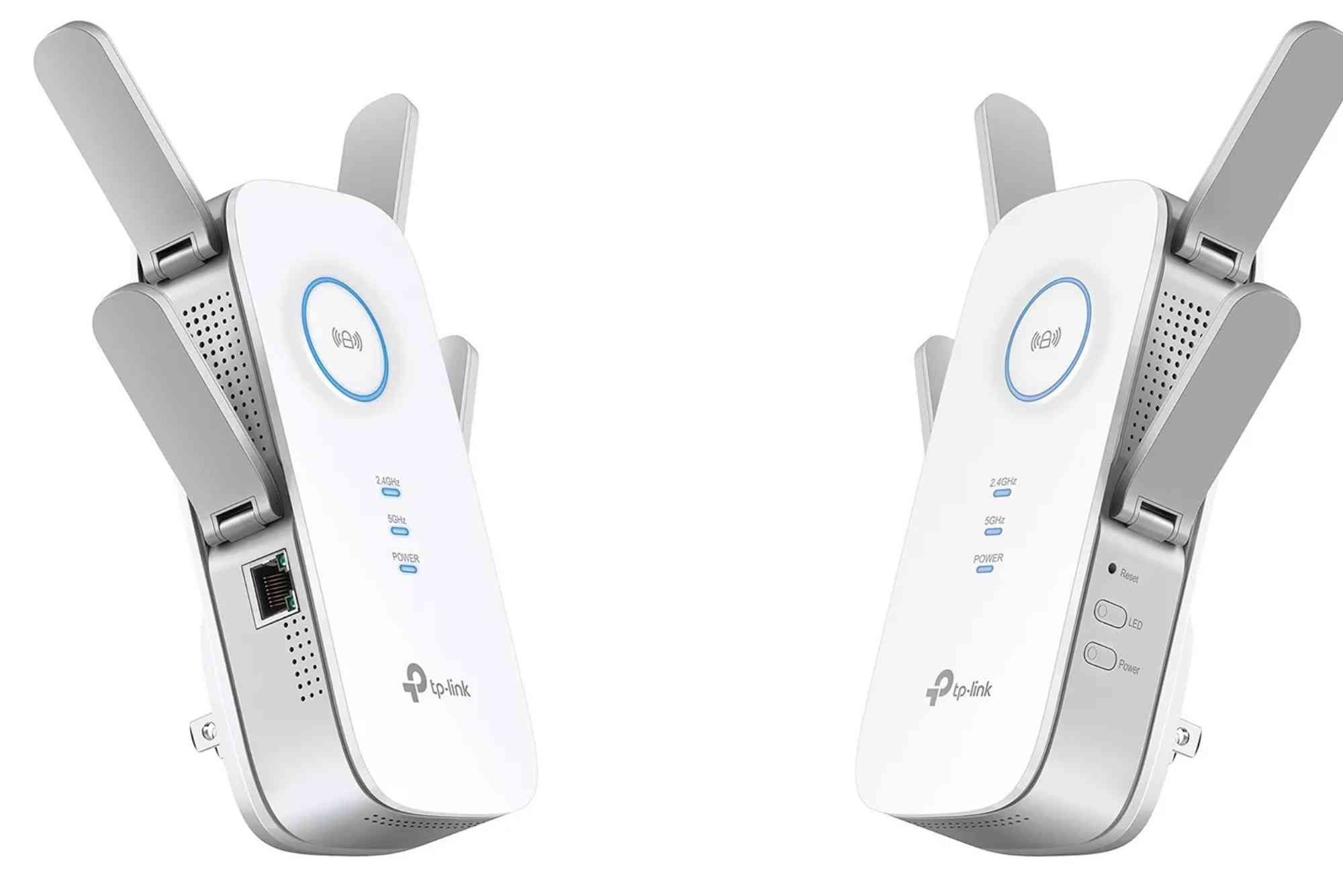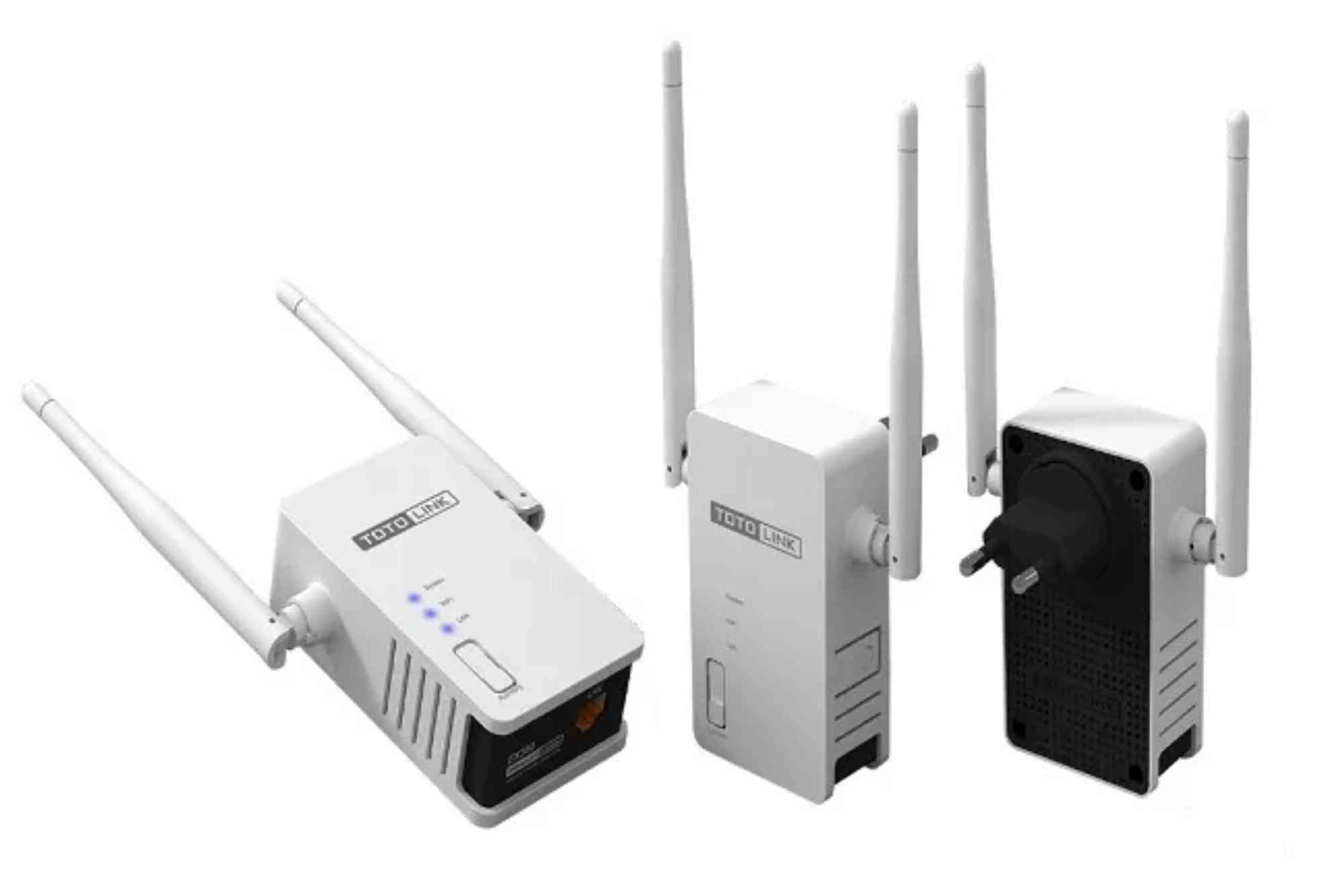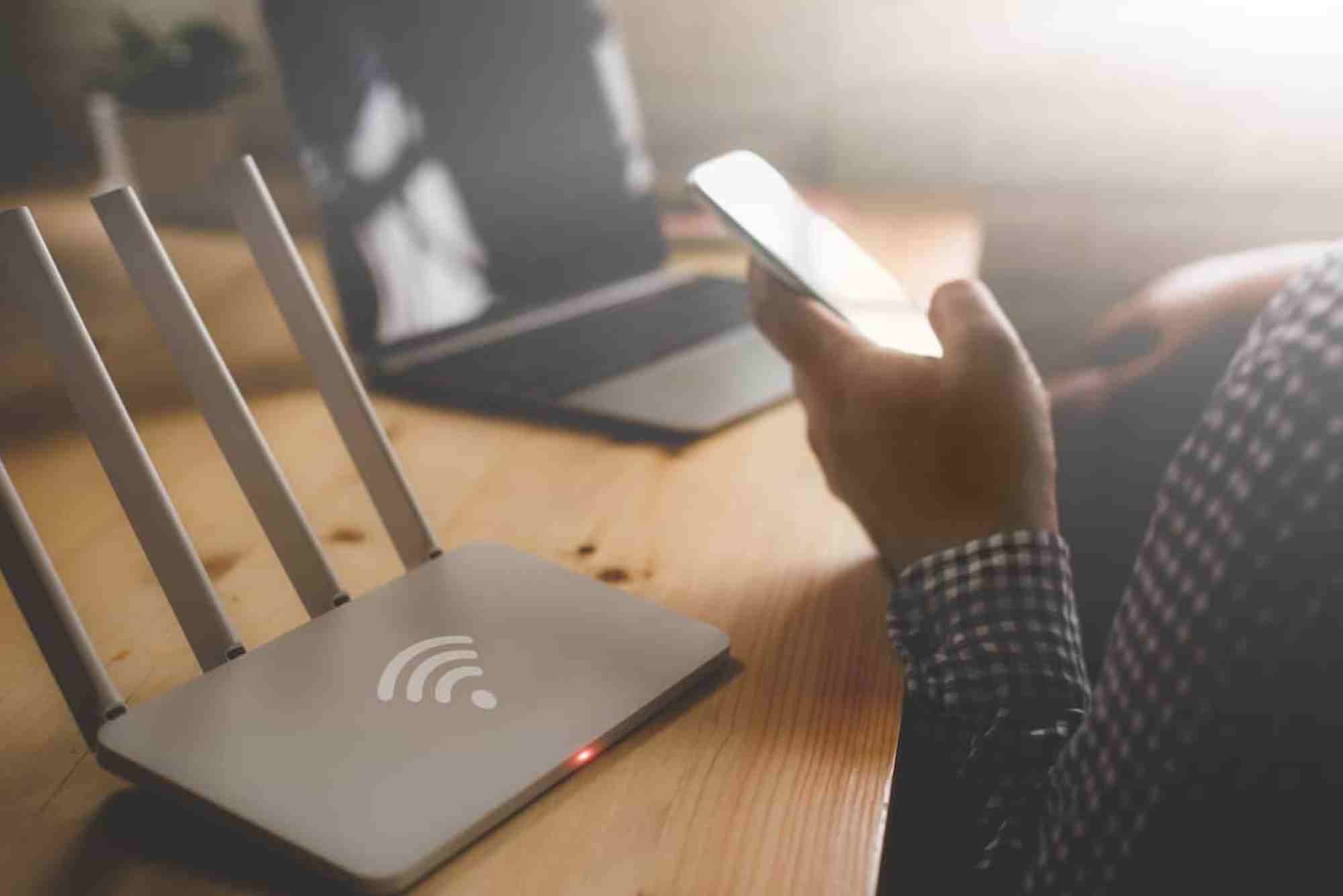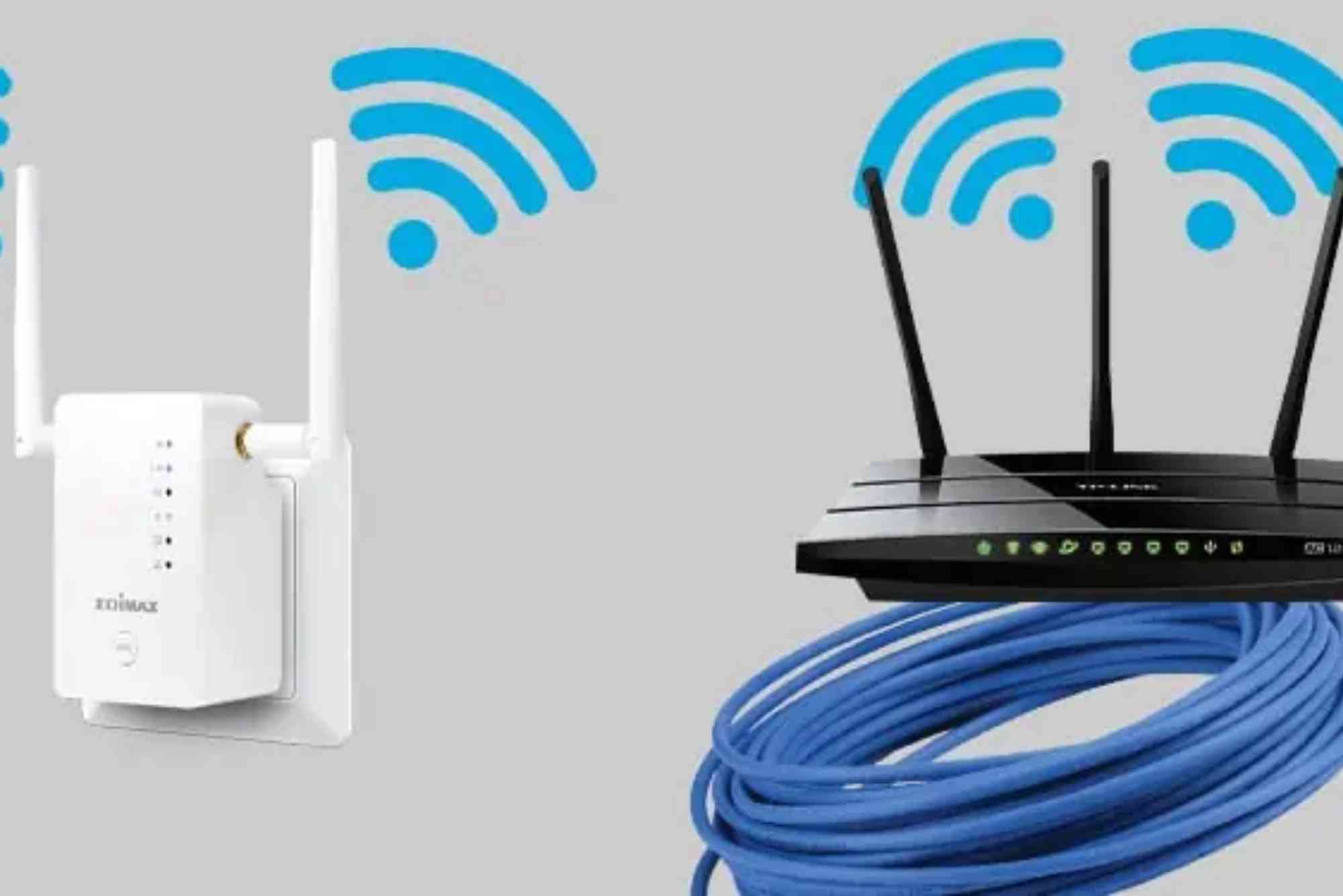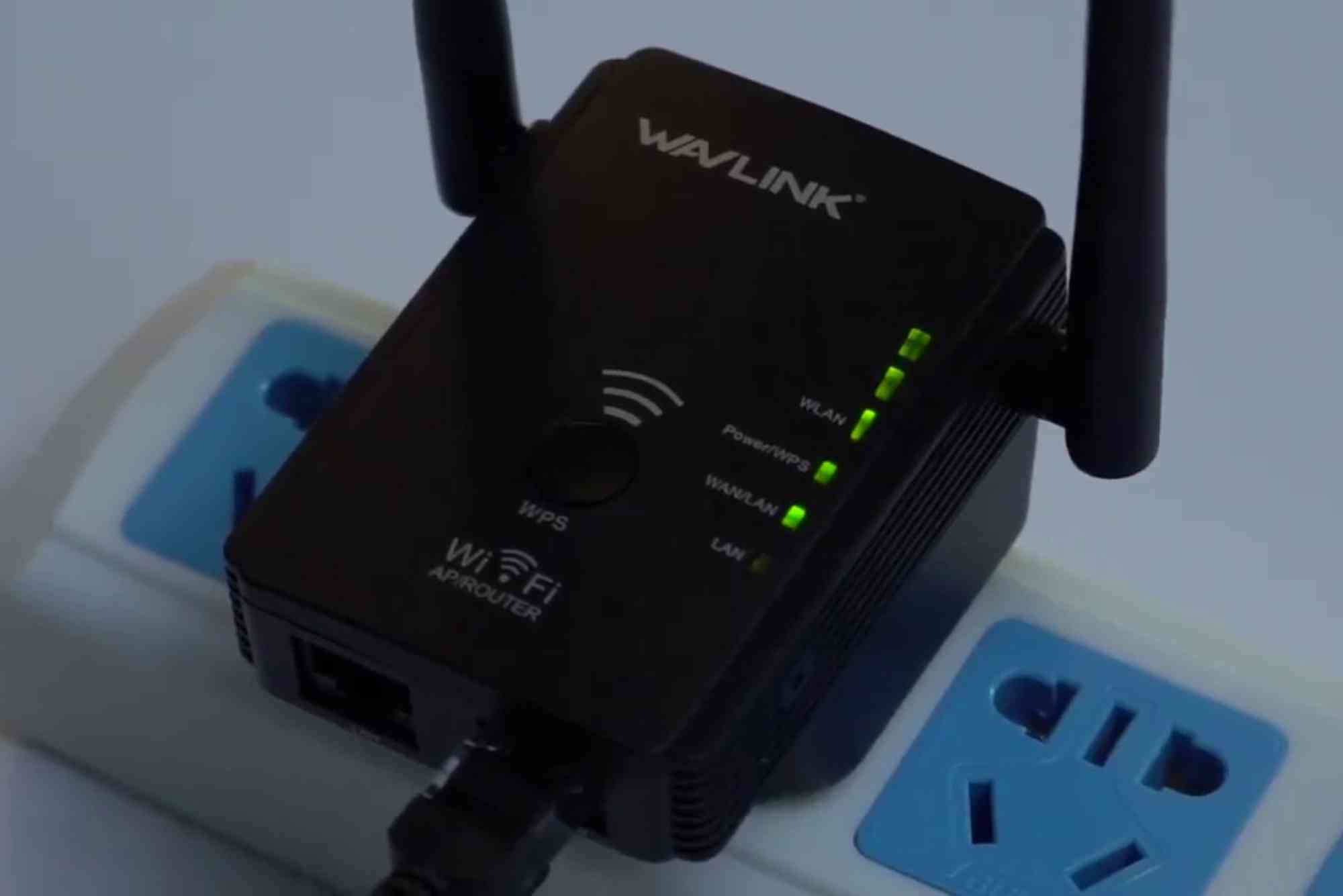Introduction
If you’re experiencing slow internet, need to change your Wi-Fi password, or simply want to manage your home network, knowing how to perform a router admin login is essential. This guide will walk you through everything you need to know — from accessing your router settings to troubleshooting login issues — with easy-to-follow steps. Whether you’re a beginner or tech-savvy user, this article is tailored to give you clarity and control over your network.
Understanding Router Admin Login
A router admin login is your gateway to controlling and configuring your internet network. When you type your router’s IP address into a browser, you’re directed to a login page. This page allows you to modify network settings, change passwords, and secure your connection. Most routers come with default login credentials, which you should change immediately for security reasons.
Why You Need to Access the Router Admin Panel
The router admin panel is more than just a place for IT professionals. It offers useful features for everyone:
-
Update Wi-Fi passwords
-
Monitor connected devices
-
Set parental controls
-
Create guest networks
-
Upgrade firmware
-
Change SSID (network name)
Accessing this panel empowers you to take control of your internet experience and improve your home or office network security.
How to Find Your Router’s IP Address
To begin, you’ll need the router’s IP address. This is typically printed on the back of your router, but here’s how to find it manually on various devices:
Windows
-
Press
Win + R, typecmd, and hit Enter. -
In the command prompt, type
ipconfigand press Enter. -
Look for “Default Gateway” — this is your router’s IP.
macOS
-
Open System Preferences.
-
Click on Network > Advanced > TCP/IP tab.
-
Your router IP will be listed as “Router.”
Android or iOS
-
Go to Wi-Fi settings.
-
Tap your connected network.
-
Look for Gateway or Router — this is your IP address.
Common router IPs include:
192.168.0.1, 192.168.1.1, or 10.0.0.1
Steps to Perform Router Admin Login
Once you have the IP address, follow these steps:
-
Open any web browser.
-
Type the IP address in the address bar and press Enter.
-
Enter the username and password when prompted.
The default login credentials for many routers are:
Username: admin
Password: admin or password
Once logged in, you’re inside the admin panel where you can make changes.
Changing Your Wi-Fi Settings
After successful login, you’ll land on the dashboard. From here, you can:
Change Network Name (SSID)
-
Navigate to Wireless Settings.
-
Edit the SSID field to something unique.
-
Save the settings and reboot the router.
Change Wi-Fi Password
-
Under Wireless Security or Encryption Settings, find the password field.
-
Enter a strong password (include numbers, symbols, and letters).
-
Save and apply changes.
Changing these ensures that only trusted devices can access your network.
Updating Router Firmware
Keeping your router’s firmware updated is crucial. Manufacturers often release security patches and performance improvements.
-
In the admin dashboard, look for Firmware Update or System Tools.
-
Check for updates.
-
If available, follow on-screen instructions to install.
Avoid interrupting the power or turning off the router during updates.
Troubleshooting Common Login Issues
Sometimes, accessing the router can be frustrating. Here’s how to resolve frequent issues:
Incorrect IP Address
Make sure you’ve typed the correct IP. Use the steps above to double-check.
Forgotten Username/Password
If you changed credentials and forgot them, reset the router:
-
Locate the small reset button at the back.
-
Press and hold for 10-15 seconds.
-
Login using default credentials.
Browser Won’t Load Login Page
Try switching to a different browser or clear cache and cookies.
Tips for Better Router Security
Enhancing security ensures your network stays safe from unauthorized access:
-
Change default login details
-
Enable WPA3 or WPA2 encryption
-
Turn off remote management
-
Use a guest network for visitors
-
Monitor connected devices regularly
Regularly visiting the admin panel allows you to stay ahead of threats.
Best Practices for Home and Office Routers
Regardless of where you use your router, a few simple habits go a long way:
-
Place the router in a central location for optimal signal.
-
Reboot the router weekly to clear cache.
-
Limit admin access to specific IPs.
-
Keep a record of settings in case of reset.
If you’re setting up networks in a business environment, assign access roles and log administrative activity to maintain control.
Supported Router Brands and Their Login Portals
Each brand may have slight differences in admin login paths, but most follow similar principles.
TP-Link – 192.168.0.1
Netgear – routerlogin.net or 192.168.1.1
Linksys – 192.168.1.1
D-Link – 192.168.0.1
Huawei – 192.168.100.1
Tenda – tendawifi.com
Asus – 192.168.50.1
Refer to the router manual or label for exact credentials. You can also visit the official websites for user guides.
When to Seek Professional Help
If you’ve tried every step and still can’t access your router or secure your network, it might be time to get expert help. Improper configurations can weaken your security or lead to poor performance.
For reliable and user-focused technical support, visit the Dhanote IT Park Help Center. Their expert team can guide you through complex router setups or troubleshoot advanced networking issues.
Knowing how to perform a router admin login gives you the power to manage your network smartly and securely. Whether you want to boost speed, change settings, or enhance safety, the admin panel is your control hub. Don’t rely on default settings — they are easy targets for hackers. Be proactive, update passwords, and check in regularly.
Frequently Asked Questions
How do I find my router admin login?
You can find it by typing your router’s IP (like 192.168.1.1) into a browser and entering the login credentials — usually printed on the device.
What if I forget my router login password?
If you’ve forgotten the login password, you can reset the router using the reset button on the back. This restores default settings.
Can I access the router admin panel from my phone?
Yes, simply connect to the Wi-Fi network and enter the router’s IP address into your mobile browser. Log in with admin credentials.
How do I change my Wi-Fi name and password?
Login to the admin panel, go to wireless settings, and change the SSID and password fields. Don’t forget to save your changes.
Is it safe to change router settings?
Yes, as long as you know what you’re doing. Stick to basic settings like passwords, SSID, and firmware updates for safe management.

